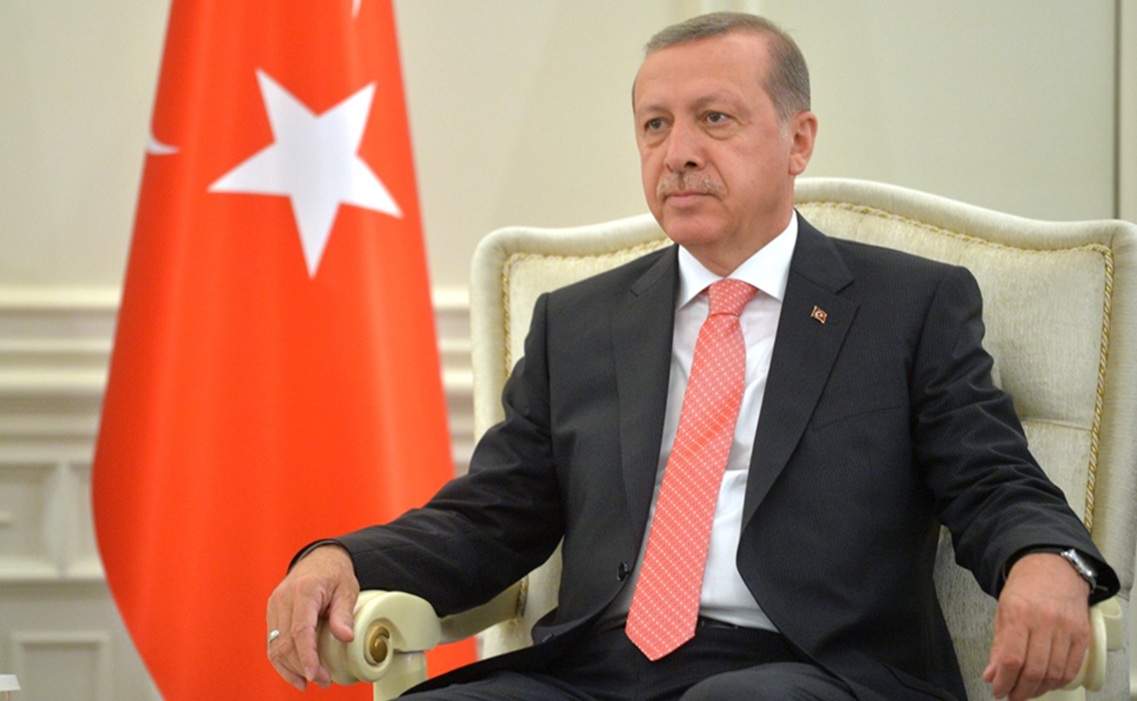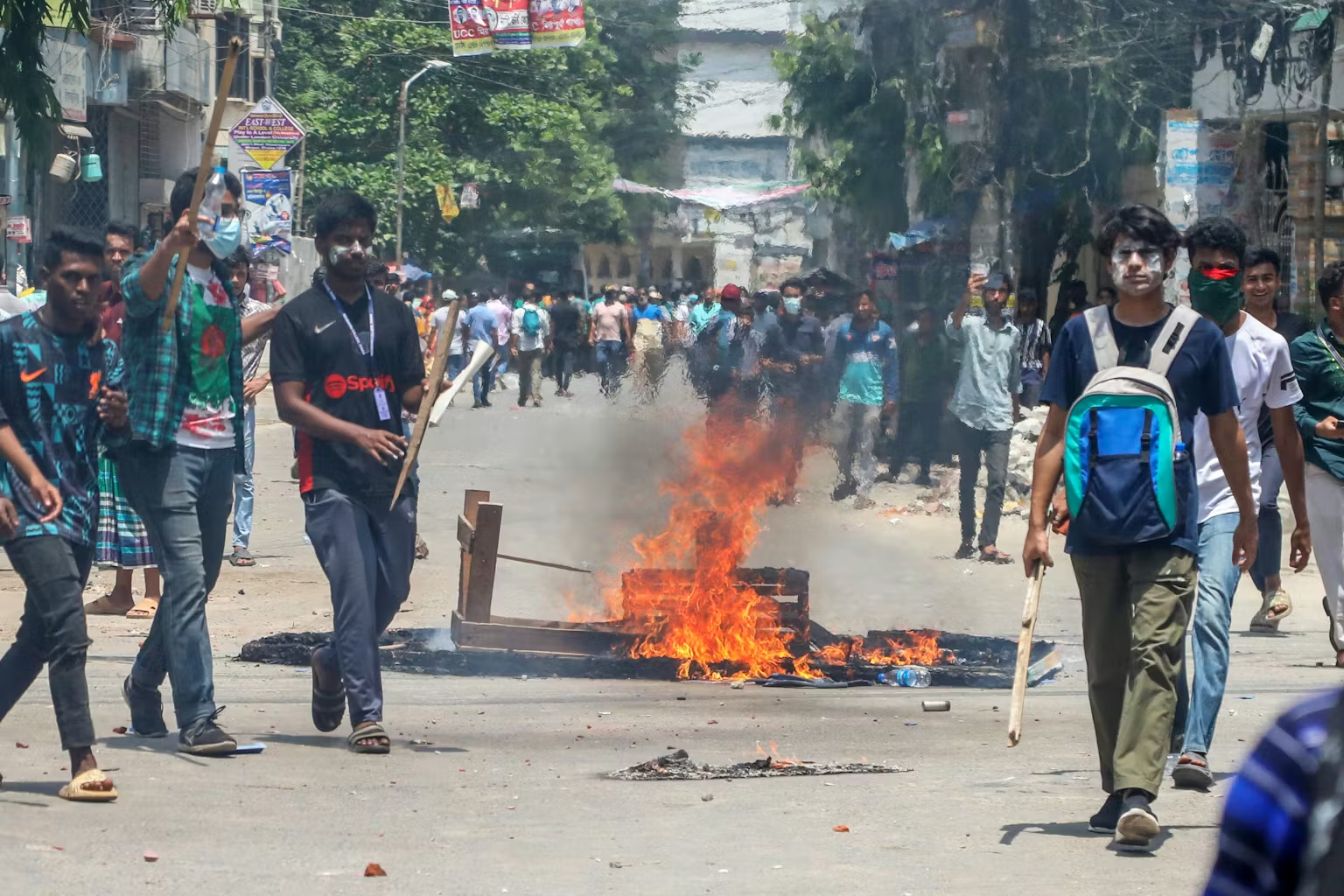Mr Modi is expected to travel to China later this month, after a gap of over seven years, to attend the annual summit of the SCO. China has welcomed Prime Minister Narendra Modi’s planned visit to Tianjin for the summit. China has always engaged in psychological warfare against India, primarily through disinformation campaigns and media manipulation to advance its strategic objectives. Can India and China restart a meaningful dialogue to settle the outstanding border issues and end the decade-long psywar?
Introduction
Since the 1962 Sino-Indian War, the Line of Actual Control (LAC) has been more than a contested frontier; it has also been an arena of psychological contestation, where words, images, and sounds serve as instruments of coercion. Beyond conventional deployments of troops and armour, both Indian and Chinese forces have long recognised the utility of non-lethal psychological operations (psy ops) to shape adversary perceptions, erode morale, and signal resolve without triggering full-scale kinetic exchanges. In recent years, most notably during the 2020 Galwan Valley skirmishes and the ensuing standoff at Pangong Tso, loudspeaker broadcasts, propaganda posters, and battlefield exaggerations have resurfaced as potent tools in the high-altitude chess game. This article traces the lineage of auditory and visual psy ops along the LAC, surveys their deployment in contemporary face-offs, and assesses their effects on soldier morale, civilian opinion, and strategic escalation dynamics.
Historical Precedents: Echoes of the Cold War on the Tibetan Plateau
Psychological operations have accompanied Sino Indian border tensions almost from the outset. In the aftermath of 1962, both sides engaged in low-volume propaganda campaigns, including leaflet drops from hand-propelled mortar tubes and clandestine radio broadcasts, to assert territorial claims and undermine the enemy’s political will. During the 1975–76 Nathu La Incident, for example, Indian troops reportedly piped nationalist slogans across the ridge into Chinese positions, while Beijing’s loudspeakers blared messages extolling the “liberation” of Tibet and deriding Indian “imperialism.” Though primitive by today’s standards, these early exchanges established a template: sound becomes a force multiplier when geography constrains heavy weaponry, and symbolism often outweighs raw firepower in shaping the psychological terrain.
In the 1980s and 1990s, periods of relative détente and intermittent diplomatic dialogue, both sides experimented with more sophisticated media. China intensified broadcasts via Sino Indian shortwave relay stations in Shigatse, airing programmes in Hindi and Punjabi that mixed cultural programming with pointed political commentaries about India’s “unequal treaties” in Kashmir. India, for its part, deployed portable radio transmitters disguised as tent-mounted field radios, beaming counterpropaganda to PLA units manning forward posts. Though discontinued after the 1993 consensus on confidence-building measures, these incursions underscored how rapidly information technologies could be weaponised along a fixed frontier.
Modern Loudspeaker Diplomacy: Voices as Battlefield Assets
The summer of 2020 witnessed a dramatic revival of loudspeaker diplomacy. In May, PLA units arrayed along the Galwan Valley contested posts by broadcasting Mandarin announcements: soldiers were urged to “lay down arms” and reminded that “historic Tibet” was an inalienable part of China. Indian troops responded with their loudspeaker vans, cycling through recordings of patriotic songs, Bhimpalasi raga renditions of “Vande Mataram” and excerpts from Subhas Chandra Bose’s speeches aimed at bolstering unit cohesion and asserting national resolve. Though ostensibly non-violent, these auditory duels were far from benign: anthropologists of warfare note that such broadcasts heighten stress levels, disrupt sleep cycles and fracture the psychological equilibrium long before bullets fly.
What makes modern loudspeaker operations particularly consequential is their integration with battlefield data. Thanks to real-time satellite imagery and drone reconnaissance, commanders can pinpoint the precise coordinates of enemy encampments, calibrate the orientation of speaker arrays, and tailor broadcast content to vulnerable units such as newly deployed recruits less acclimatised to high-altitude rigours. Moreover, social media leaks of these broadcasts amplify their reach. Videos of PLA loudspeakers blaring calls to “join the motherland” circulated on Chinese state-backed accounts, while Indian soldiers’ recordings of patriotic anthems found their way onto YouTube and Twitter, transforming a local standoff into a global spectacle of nationalistic posturing.
Visual Psy Ops: Posters, Murals, and the Battle for Hearts and Minds
Parallel to auditory tactics, both armies have invested in visual psy ops to shape perceptions of strength and legitimacy. In 2017, following the Doklam standoff, PLA artists painted murals on forward outposts depicting the great unity of the Chinese people in defence of “sacred national territory.” These images, often featuring heroic soldiers flanked by the snow-capped Himalayas, served a dual purpose: reinforcing internal cohesion among Chinese troops and projecting an aura of invincibility to any onlooking Indian patrols.
India, too, has leveraged visual media. Fieldside canvas banners proclaiming “Kargil We Remember” or “Protect the Motherland” have been draped on ridgelines overlooking key valleys, visible through long-range optics. Beyond static images, both sides have experimented with projector-based psy ops: in select sectors during weekends, Indian units have clandestinely projected silhouettes of marching soldiers onto nearby rock faces, creating an illusion of a larger force presence. Although these projections dissipate with daylight, their nocturnal impact on perceived force ratios can be psychologically disorienting.
Effects on Morale and Escalation Dynamics
The cumulative impact of loudspeaker diplomacy and visual psy ops is neither uniform nor predictable. On the positive side, well-timed broadcasts of familiar cultural touchstones can bolster the esprit de corps among frontline troops enduring extreme temperatures and isolation. Indian soldiers have reported that hearing renditions of classical ragas or patriotic lyrics over extended shifts helped maintain focus during tense patrols. Similarly, PLA units have described feelings of national pride when greeted by cinematic projections of Chinese military hymns.
Conversely, these same tactics can exacerbate stress, fatigue, and hypervigilance. Repeated exposure to loudspeaker announcements in unfamiliar languages or oblique political messages can induce confusion and resentment, potentially eroding trust in command structures. There have been documented cases during recent standoffs in which Indian sentries, sleep-deprived by intermittent loudspeaker use through the night, exhibited reduced alertness during patrols, increasing the risk of accidental engagements. Chinese border guards, meanwhile, have at times complained that incessant Hindi broadcasts fostered feelings of hostility rather than compliance.
Crucially, psychologically disruptive tactics carry an elevated risk of unintended escalation. In 2020, Indian commanders considered and ultimately shelved the idea of jamming PLA broadcasts, fearing that electronic countermeasures might be interpreted as a direct act of aggression. Similarly, proposals within some PLA units to amplify nighttime broadcasts of Chinese opera were moderated by Beijing’s civilian leadership, wary of inflaming public opinion in India and provoking international censure. These episodes reveal the strategic dilemma: nonkinetic operations may seem low risk, but in the fog of frontier warfare, even a misinterpreted broadcast can trigger kinetic reprisals.
Conclusion
Along the Line of Actual Control, the battle for terrain is inseparable from the battle for minds. Psychological operations, whether through thunderous loudspeaker diplomacy or evocative visual displays, have evolved from incidental adjuncts of warfare into central components of the frontier strategy. Both India and China have demonstrated sophisticated uses of auditory and visual psy ops to influence morale, sow doubt, and signal resolve without crossing the nuclear or conventional threshold. Yet these same tactics can backfire, engendering fatigue, confusion, and the spectre of inadvertent escalation. As the Himalayas remain a silent witness to gun barrel diplomacy, the “voice of the border” will continue to shape the contours of South Asia’s most enduring standoff, reminding us that, sometimes, peace and conflict alike are won as much by the decibel of a song as by the roar of artillery.
Title image courtesy: Study.com
Disclaimer: The views and opinions expressed by the author do not necessarily reflect the views of the Government of India and Defence Research and Studies







